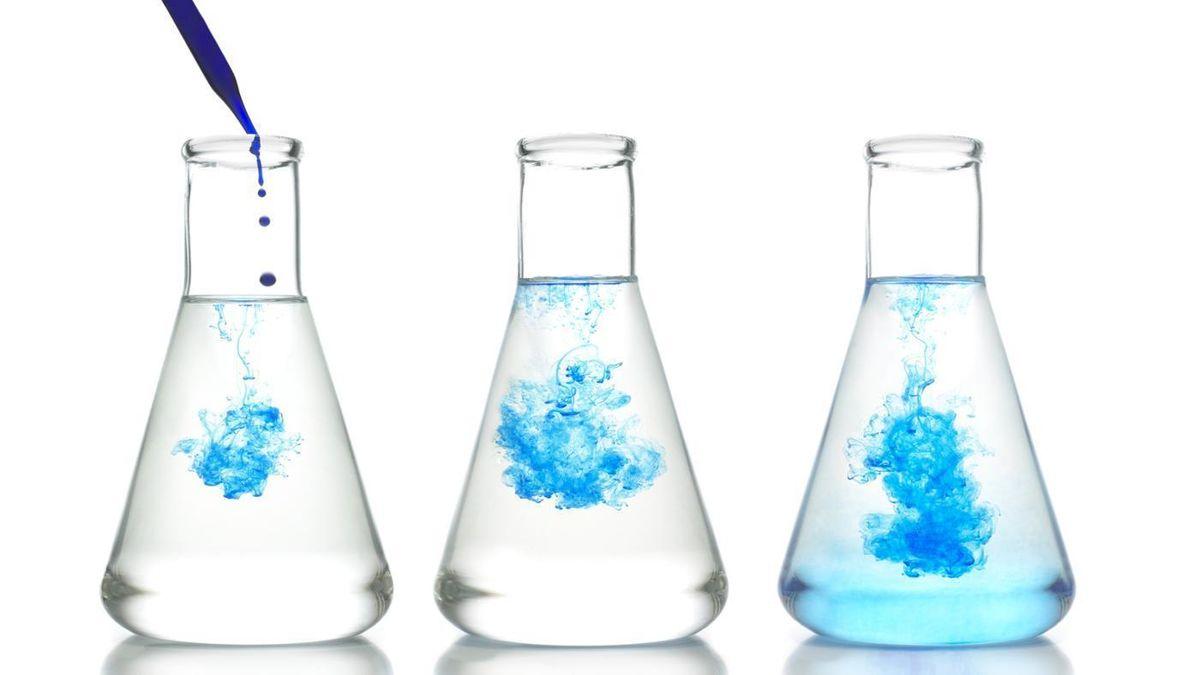
Module 7: Cellular Structure and Function
Quiz by Andrew Pinkerton
Feel free to use or edit a copy
includes Teacher and Student dashboards
Measure skillsfrom any curriculum
Measure skills
from any curriculum
Tag the questions with any skills you have. Your dashboard will track each student's mastery of each skill.
With a free account, teachers can
- edit the questions
- save a copy for later
- start a class game
- automatically assign follow-up activities based on students’ scores
- assign as homework
- share a link with colleagues
- print as a bubble sheet
25 questions
Show answers
- Q1At what point in the process of diffusion is dynamic equilibrium reached?When there is continuous movement, but no net change.When the rate of change in solution slows by one-half.When the molecules are mixed and stop moving.When the molecules movement stops being random.30s
- Q2The process by which water passes into or out of a cell is called...solubility.exocytosis.diffusion.osmosis.30s
- Q3What is the difference between facilitated diffusion and active transport?Active transport uses proteins in the process.Facilitated required large amounts of energy.Active moves substances against the concentrated gradient.Facilitated moves molecules through the plasma membrane.30s
- Q4A phospholipid contains two distinctive parts:hydrophobic tails and hydrophilic heads.hydrophilic tails and hydrophilic heads.hydrophilic tails and hydrophobic heads.hydrophobic tails and hydrophobic heads.30s
- Q5A plant cell is placed in a hypertonic solution. What will happen to the plant cell?It will stay the same.It will shrink.It will swell.It will rupture.30s
- Q6Which of the following is an example of passive transport?EndocytosisNa+/K+ pumpFacilitated diffusionExocytosis30s
- Q7Substances can move from a region of lesser concentration to a region of greater concentration by...osmosis.passive transport.facilitated diffusion.active transport.30s
- Q8What is the composition of the cell wall, & where is it located?Glucose, outside the cell membrane.Glucose, inside the cell membrane.Cellulose, inside the cell membrane.Cellulose, outside the cell membrane.30s
- Q9A scientist places a cell in a solution, and over time the cell gains mass and swells. What is the most likely explanation for the cell’s gain in mass?The solution is hypertonic to the cell.The solution and the cell have equal concentrations of solutes.The solution is hypotonic to the cell.The solution and the cell have equal concentrations of water.30s
- Q10Naomi adds cycloheximide to cells grown in a test tube. Within minutes, she identifies short incomplete segments of proteins in the cells. On which organelle did the cycloheximide act?endoplasmic reticulumribosomesGolgi apparatusnucleus30s
- Q11What is the primary function of a lysosome?harvesting of light energy to produce carbohydratesdigestion of macromolecules and old organellesprocessing & packaging of cellular materials prior to exportdetoxification of poisonous molecules within the cell30s
- Q12What kind of solution is the cell in and what molecule will move?hypertonic, waterhypotonic, waterhypertonic, salthypotonic, salt30s
- Q13What type of cell is pictured?ProkaryotePlantAnimal30s
- Q14What type of cell is pictured?PlantProkaryoticAnimal30s
- Q15Name the part labeled "H". (Hint: it is pointing to the green structure)cell membranechloroplastcell wallcytoplasm30s
